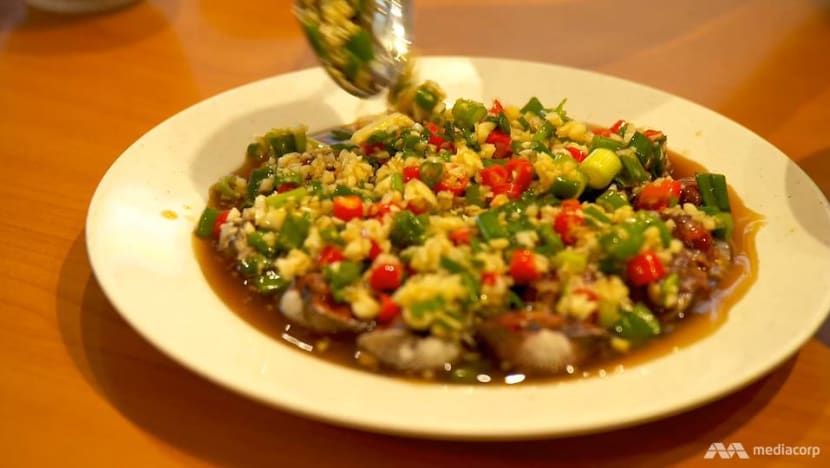No more 'hum' in laksa? Why cockles are becoming costlier and harder to find
Pollution, smuggling and overharvesting have stacked the odds against blood cockles bouncing back from the huge fall in supply, although there is a hope – aquaculture. The series For Food’s Sake investigates.
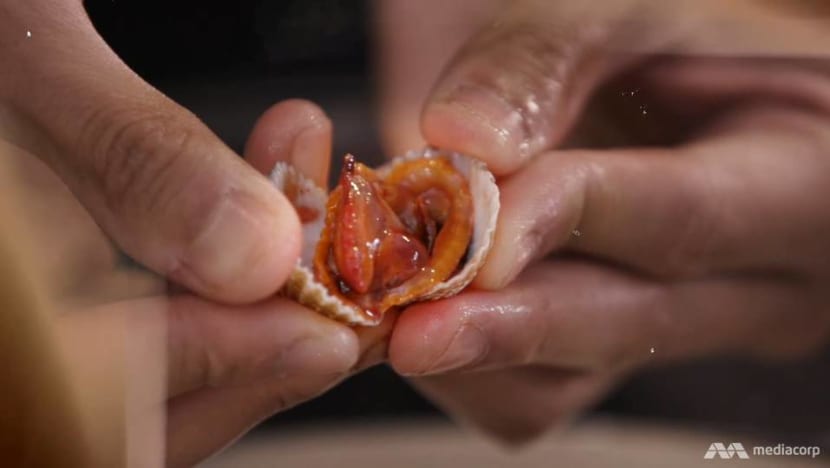
Blood cockles get their name from their red flesh, caused by high levels of haemoglobin, and have always been a widely available source of protein in Singapore – until recent times.
SINGAPORE and MALAYSIA: It has built its reputation on serving see-hum (blood cockles), and the star dish at the Two Chefs Eating House is still its garlic and chilli cockles. The Singaporean restaurant serves over 10 kilogrammes of these cockles daily.
In recent times, however, they have become even more precious to owner Lam Chan Wah. Five years ago, they cost him around S$1.50 to S$2 per kg, but that figure is now around S$4.50 because the supply has been dwindling.
In 2013, Singapore imported 2,720 tonnes of cockles from Malaysia, the source of more than 99 per cent of the Republic’s live cockles. That has now fallen to 1,700 tonnes last year. So what has happened?
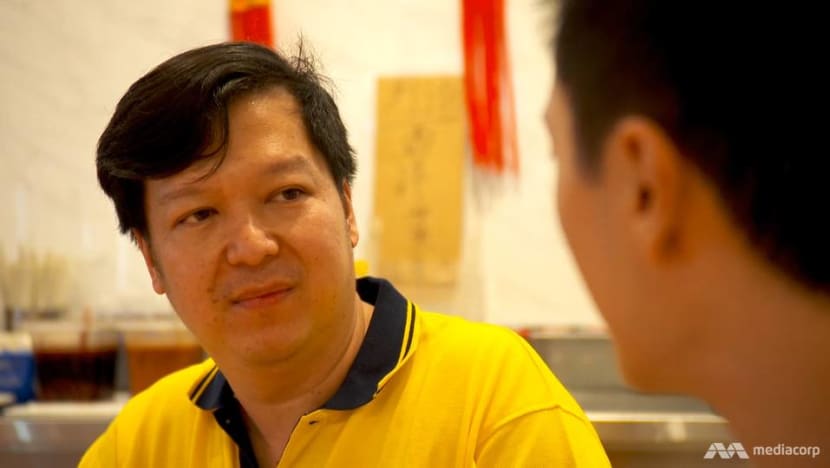
With food prices rising by 2.1 per cent a year, on average, over the past five years, the series For Food’s Sake finds out what is behind the hikes in the prices of various foods, from rice to bananas to sugarcane.
It is not only about climate change or inflation caused by labour cost. The reasons are scandalous in some cases, such as chicken (price-fixing) and cockles being ruined by the direct impact of human development on the environment. (Watch this first episode here.)
READ: 13 fresh chicken distributors fined record S$26.9m for price fixing, market sharing
READ: 5 things to know about the chicken price fixing case
However, for Singaporeans who have grown up eating cockles as a must-have ingredient in their laksa and char kway teow, it is not only a matter of price.
As presenter and foodie Lennard Yeong discovered when ordering laksa at a stall, the hawker could not provide more see-hum than the usual amount, not even for extra money, because of the low supply.
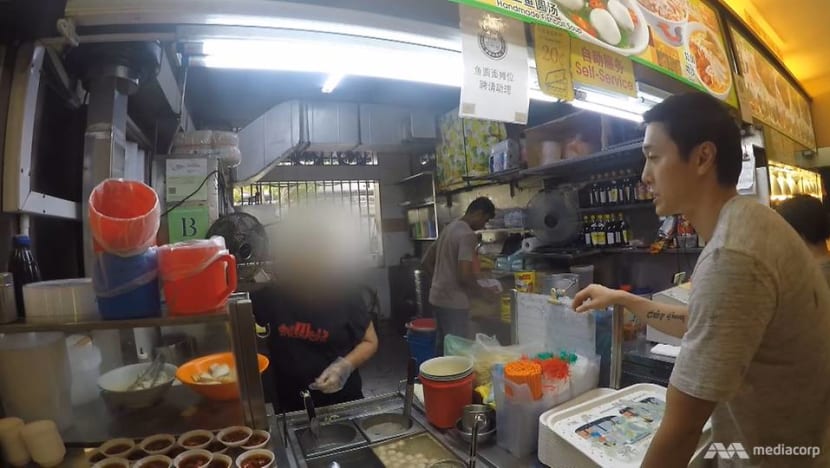
HEADACHE FOR FISHERMEN
Blood cockles have always been a widely available source of protein in Singapore. They get their name from their red flesh, caused by high levels of haemoglobin. And their slightly metallic flavour makes them a delicacy – like oysters, but cheaper.
In Malaysia, cockles are a key income source for fishermen in the main breeding states of Selangor, Perak, Penang and Johor. But it is now a multimillion-ringgit industry teetering on the brink of a crisis.
In 2005, the country produced 100,000 tonnes of cockles for export and local consumption. But by 2015, only 16,000 tonnes were harvested. And the shortage is getting more serious.
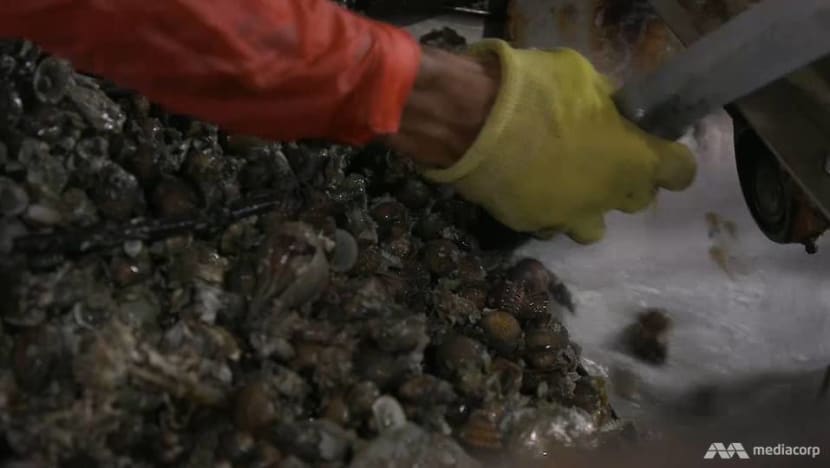
Take, for example, Mr Halim Mat Sa’ad from Kuala Juru in Penang. He has been in the business for 20 years, and he went from catching 250 kg of cockles per day in 2014 to 50 kg at most now.
His earnings have shrunk by two to three times over those four years, and nothing has prepared him for this problem. He said:
It isn’t enough to survive. This income issue gives me a headache.
Cockles spend their lives burrowing in the muddy seabed not far from the shore, and Malaysia’s coastline was once a fertile breeding ground, thanks also to its relatively slow currents.
But its cockles are dying off because the natural balance of their habitat is being disturbed. “It’s because the water is contaminated by acid, or chemicals are released into the water, causing pollution and harming the cockles,” said Mr Halim.
In Penang, the island’s second bridge to the mainland, completed in 2014, has also affected the fishermen’s livelihood because it changed the water currents, according to him.
“When the water doesn’t flow fast enough, it causes the mud to build up, so it’s hard for us to fish for them,” he said. “The cockles can’t survive when the mud is too thick.”
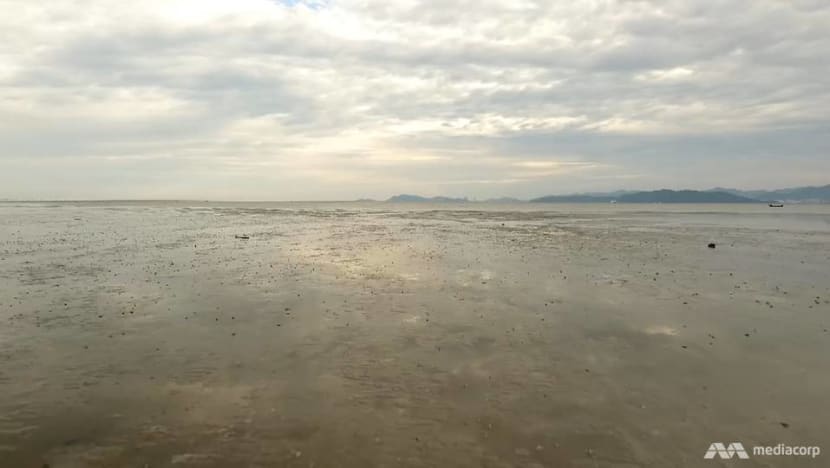
HIGH NITRATE LEVEL
To test what is in the water, Mr Yeong enlisted the help of the Centre for Marine and Coastal Studies at the Universiti Sains Malaysia.
And the results of the samples indicated that the nitrate level in the seawater was “pretty high”, said research officer Nithiyaa Nilamani. It is one of two chemical compounds that are especially bad news for cockles. The other is phosphate.
“Those are the nutrients that come from river runoff,” she said. And high levels of both mean that the mudflats have been affected by chemicals leaking from farms or nearby factories.
“Nitrite would enter the system of the cockle, and it would bind with the blood system, and it would reduce the oxygen level in the cockles. So that’s how they would suffocate, and it would cause mortality.”
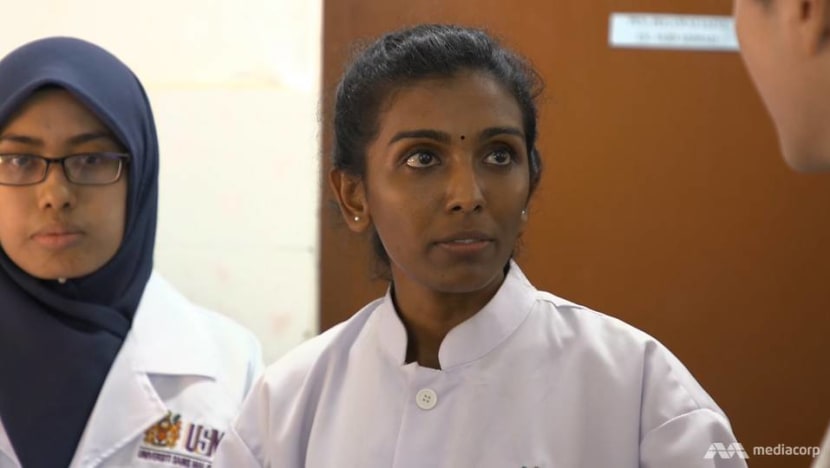
Studies have traced the impurities to agricultural pesticides as well as waste from industrial and construction sites.
Penang, for example, has been transformed into a tourism paradise and manufacturing hub over the past 20 years. It has seven industrial parks, including on the mainland, and by 2016, about 3,000 manufacturing companies.
SMUGGLING AND OVERHARVESTING
To protect the cockle population, the Malaysian authorities have limited the amount of cockle spat (young cockles) that can be harvested. These are precious because they can help to culture new cockles.
Baby cockles caught by fishermen in Johor, for example, are in demand in states like Selangor, Perak and Penang “so they can grow them there”, said Mr Hairul Akbar Saat, the general manager of the Pontian District Fisherman Association.
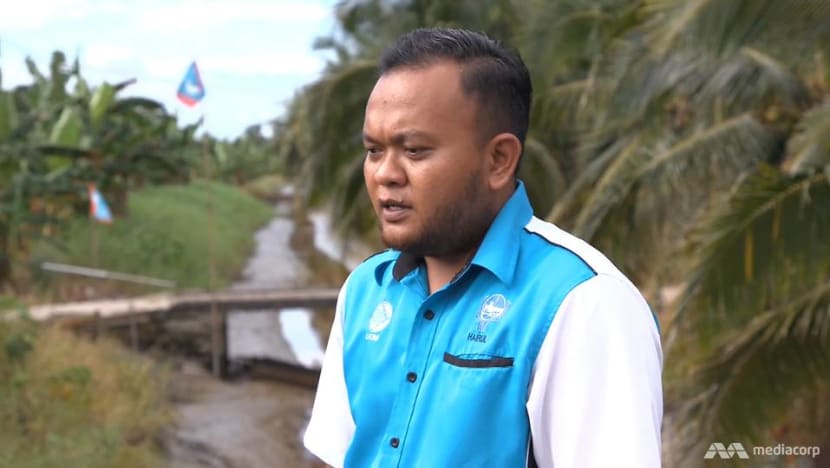
The spat can be distributed only within Malaysia. But not everyone follows the rules. He said:
You need a permit to distribute the cockle spat to other (Malaysian) states, but some greedy fishermen who want more income sell them to people who smuggle (the spat) to Thailand.
The Thais love cockles as much as the Malaysians do, but their coastline does not produce enough to meet the demand. That is why the smuggled spat can go for as much as five times the price in Malaysia.
According to Mr Hairul, the baby cockles are thrown into cans or gunny sacks and stashed in lorries, usually under legitimate cargo. The spat can live one to two days on land and must then go back into water or perish.
There were 33 cases of smuggling reported in 2015 and 35 cases in 2014. Those found guilty may face a two-year jail term or a fine of more than RM80,000 (S$26,450).
In general, the overharvesting of baby cockles, when the mature ones are in short supply, makes it even harder for the population to recover, said Dr Hadzley Harith from the Fisheries Research Institute in Penang.
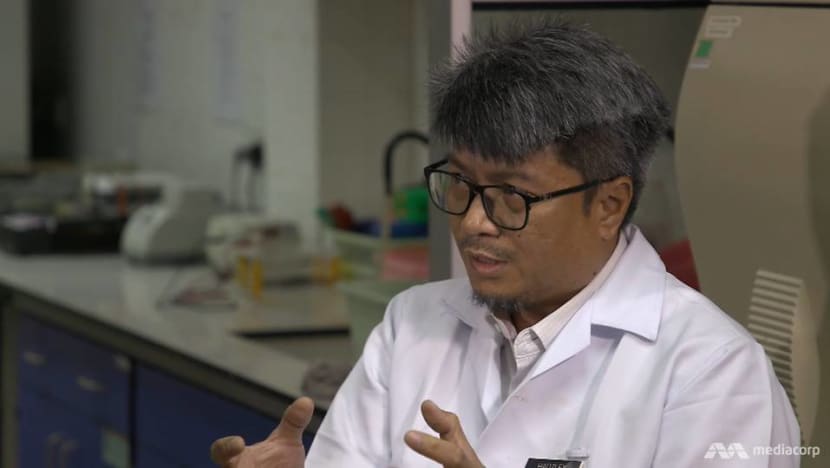
Cockles have a lifespan of about three years, and “if we cut the reproductive cycle … we’re promoting the shortage of cockles in the environment”, he added.
“Our biggest task is to persuade the local (fishermen) to do proper management and to harvest the cockle (according to the size) … (and) that cockles aren’t an open bank (which they) can harvest daily or every time.”
WHAT MORE CAN BE DONE
One person on a mission to help revive the cockle population is Centre for Marine and Coastal Studies director Aileen Tan. She wants to breed cockles in a fully controlled environment to reduce the dangers of contamination and overharvesting.
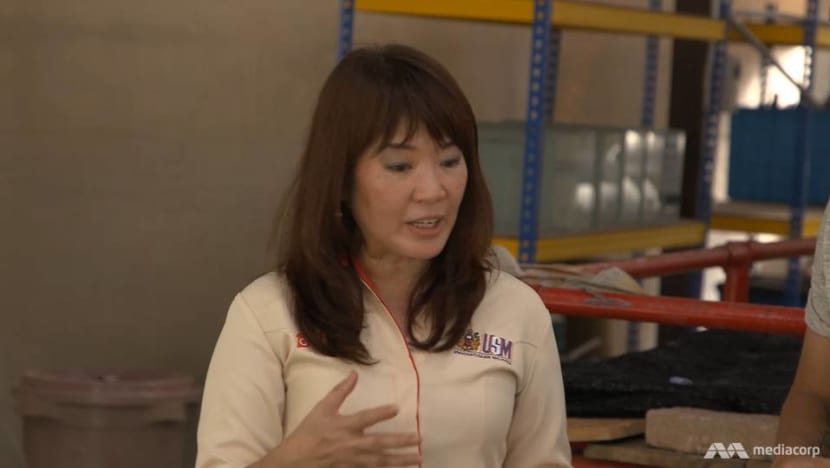
“I’m trying to find other ways to culture cockles rather than in their natural site, which is now considered as polluted. So we’ve introduced cleaner or bigger-sized sediment for them to attach to,” she said.
“If you see the cockles opening up, that means they’re comfortable with the environment. Digging into the substrate … shows that they’ve already started feeding. That means they’re no longer under stress.”
At the centre’s laboratory, Malaysia’s oldest at 35 years old, she has experimented with different kinds of sand for cockles to live in, instead of mud, which gets contaminated easily. And the cockles seem to prefer the finer sediments.
If her method works, she thinks that a lot of unused prawn ponds along the coastline can be used to grow cockles, with their favourite type of sediment placed there.
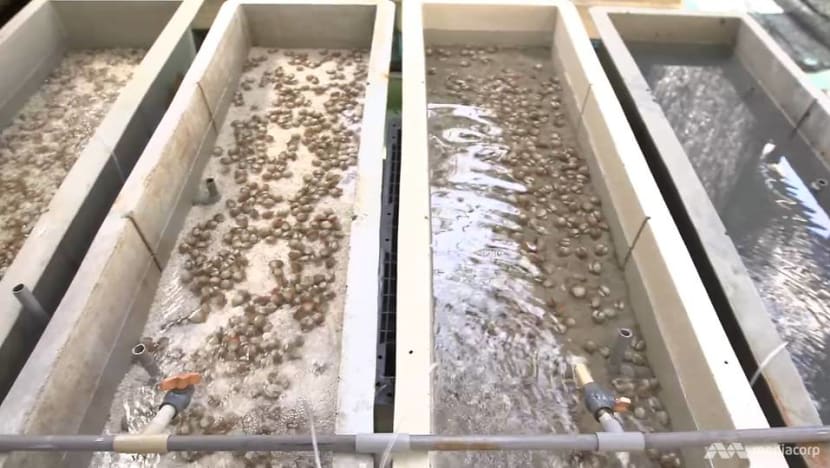
Cages could also be utilised, following the aquaculture example of many other seafood farms across Asia. The cages would protect the cockles from touching the sea floor and river bed, where the heavy metals and other pollutants tend to collect.
Dr Tan believes that these methods will guarantee healthier cockles and reduce their mortality rate.
“Our waters aren’t going to get better. Capture fisheries aren’t making money any more. Aquaculture is the answer now. So this is the beginning of the aquaculture of cockles,” she said. “We need the cockles back desperately.”
Still, it would take a while for the population to recover through farming and even longer for the price to drop. Are the days of cheap and ubiquitous cockles over, at least for now?
Said Mr Yeong: “It feels as if it’s time we get used to eating laksa and char kway teow without cockles, unless you’re willing to pay top dollar."
Watch this episode here. The next episode of For Food's Sake airs on Monday, Nov 5, at 8pm.
